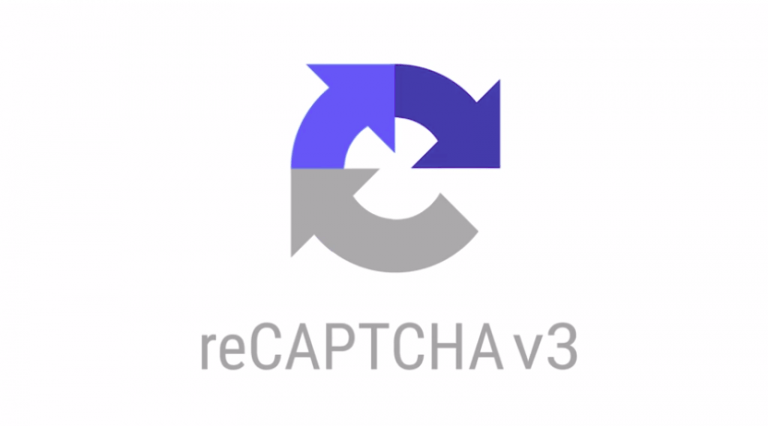Should you write a tender for your new website?
Editor note: This article has been updated to provide more in-depth information and accuracy as of 2018
Should You Write a Tender for Your New Website?
We often get tender documents and Request for Proposal (RFP) from companies and organisations that are looking to appoint a web developer or web designer. Often it is clear that these documents have taken many hours to put together after exhaustive research into the functionality and processes that are required on the new website.
At first thought, this may look like a good way of making sure that you select a suitable supplier to create your new website. However, in reality, the RFP can make things much more complex for the customer and the web developer leading to potentially higher costs.
Much more importantly, the client may not end up getting the right site which is fit for their purpose. Over-prescription on a tender document can really make life difficult for potential bidders on a project.
It is very rare that one platform will tick every single box. Specifications require a flexible platform that can be moulded by a developer to serve the purposes needed.
For example: If you need an e-commerce platform, there are many different options you can choose from; WooComerce, Magento and Shopify would serve that purpose. However, they may not serve all of your requirements if you are looking to get everything from one source.
Clients often overlook the price associated with each platform; they simply assume that regardless of the platform, their requirements will cost the same on each. Which is rarely the case. Whilst the emphasis may be on finding the perfect one-stop-shop platform for every need, there is no preference on cost.
Clients may spend weeks looking for the perfect developer to do the work they need. Once they find them they may be shocked by just how much it costs to developer exactly what they are looking for with the platform they want. Especially if it is bespoke design.
Many developers will be well versed with one or two web development platforms. Sometimes this extends to multiple more, however, in these cases it is normally reserved for support work, rather than web design projects.
Developers will understand how to use these platforms to deliver a solution to a problem you are facing. Web developers are specialists. As such, they specialise in the select few platforms to ensure that they can a) deliver a high-quality product and b) Understand the inner workings of the platform to provide a solution to almost all feasible problems.
Sometimes that solution may not be exactly as per the tender and may even serve a better purpose. When you speak with a developer, you will be leveraging their knowledge and experience. More often than not, this will reshape what you believe to be the solution you need.
The issue with RFPs is that the client will not have that experience or detailed knowledge of each platform. If they did, they would be working on the development themselves, rather than tendering for the work to be done.
Web development requires both the client and developer to be on a level playing field. The developer holds the experience, but ultimately the client has the ideas and requires the work. This leads both parties to work together to create the final product.
Writing a web development RFP in this way leads to a situation where the client - who is needing the work doing - is telling the developer what to do. Essentially, they are telling the person(s) who has the knowledge and expertise how to do their job from a position of uncertainty.
Commanding a web developer to do something without their input puts the project in a dire situation. The client is then relying on how good their research is compared to trusting in the developer to make good work of their project.

RFPs are normally compiled from various different resources using a basic Google search. "What should be on your website" is a good search term if you are researching web design. However, if you are looking for requirements for your website then you want to include elements that you need, not others.
An RFP would serve the client better if it was solutions based. Instead of basing each requirement from various sources, simply outline the goals and needs of the website. That way you allow the developer to propose different solutions that they believe will achieve what you are looking for.
As a client, you then don't have to discount a company because their platform delivers solutions in a different way that you were anticipating. It's not uncommon for these solutions to have a better outcome than ones you researched.
This is an additional reason why it's important to speak with the developer beforehand. An RFP isn't personal. As a client, you may find the perfect web developer on paper but when it comes to delivery they're all over the place. This is something that could have been avoided if the time was taken to communicate each point across.
Similarly, when you meet with a developer you are able to understand their points of view. Understanding this first hand is crucial as you are able to further grasp their expertise and see whether or not they can deliver on what you require
We have received multiple RFPs in the past, most of which we declined to submit a price. Even though we would have probably been a very suitable supplier for the clients.
The reason for the decline was simple: the scope of work was too rigid.
As a web developer, there needs to be some form of creative freedom or else the end result will be void of personality. When you are limited to what you can do, you begin creating solutions that check boxes on a sheet rather than something which will add value.
This highlights the issue with an RFP. It inevitably limits the selection the client has to offer, especially if the developer highly values the service they offer.
It is a shame that these clients miss out on web developers that can offer real value to their project.
If you are looking for a new website and have multiple requirements that you need to be met, give us a call on 01332 47757 and talk them through with us. We can help find the right solution for you.






